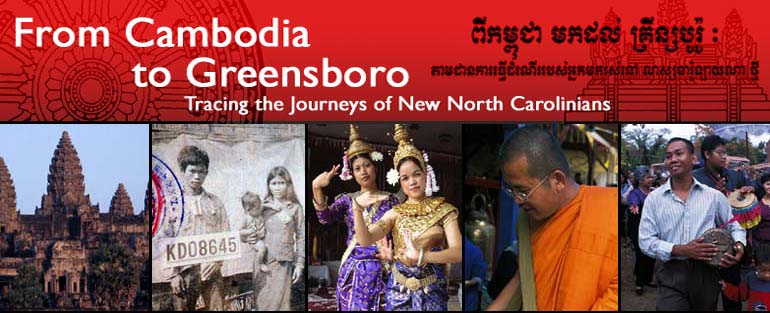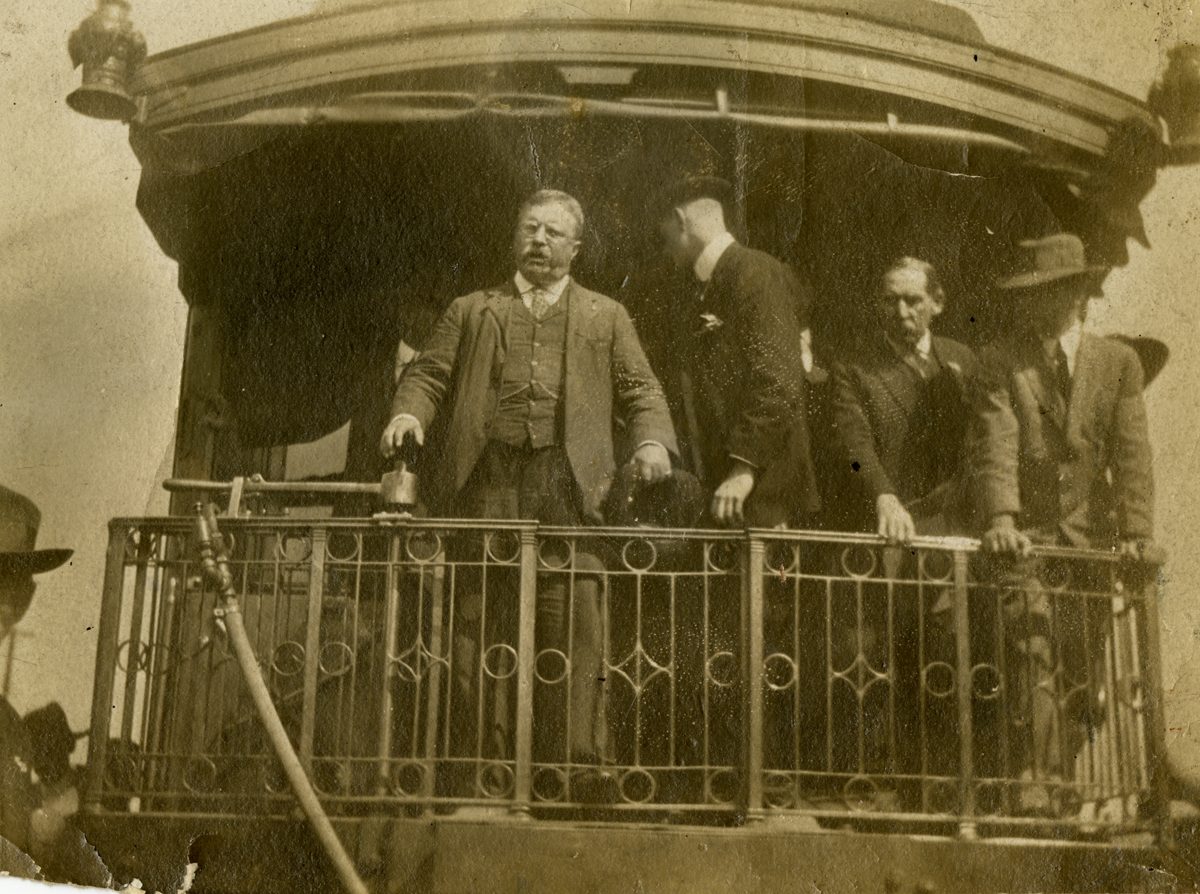March 28 – April 26, 2015
The Emancipation Proclamation was issued by President Abraham Lincoln on January 1, 1863, and freed the slaves in those territories still in rebellion against the Union. 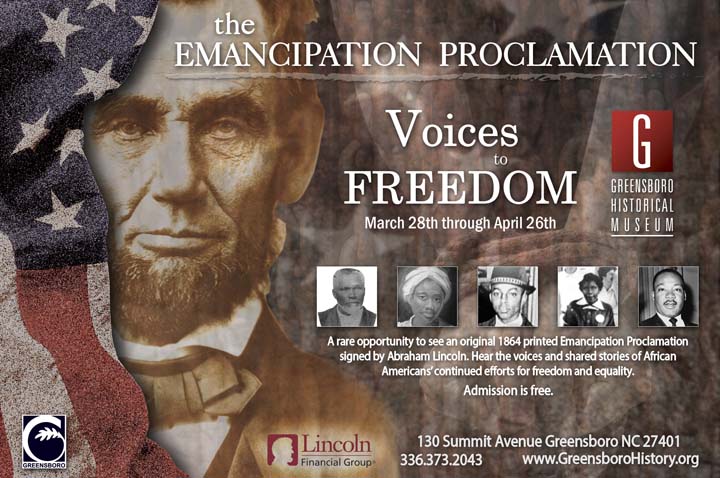
This exhibit will present a rare opportunity to see an original 1864 printed Emancipation Proclamation signed by Abraham Lincoln, as well as related objects. It will also feature the voices and shared stories of African Americans’ continued efforts for freedom and equality.
The documents and objects on loan to us for this exhibit are part of the Lincoln Financial Foundation Collection at the Indiana State Museum. For more information about the collection, please visit www.lincolncollection.org.
November 23, 2014 – February 14, 2016
After the Civil War ended, Pennsylvania Quaker Yardley Warner purchased 35½ acres of land south of Greensboro and divided it into plots to be sold to African Americans.  Warnersville historians Dr. Johnny and Brenda Hodge wrote, “It was the first black community in the county where people could own their own homes, build their own churches, own land, run their own businesses and educate their own children.” Until they couldn’t. Redevelopment changed the landscape of Warnersville in the 1960s, but the spirit of the community continued, and in time influenced social change well beyond its borders.
Warnersville historians Dr. Johnny and Brenda Hodge wrote, “It was the first black community in the county where people could own their own homes, build their own churches, own land, run their own businesses and educate their own children.” Until they couldn’t. Redevelopment changed the landscape of Warnersville in the 1960s, but the spirit of the community continued, and in time influenced social change well beyond its borders.
This multimedia exhibit examines the history of Warnersville through video and oral histories, artifacts, film, maps, photographs and the poetry of native Alonzo Stevens. Artifacts on exhibit range from a set of doors and the cornerstone from J.C. Price Elementary School to a 1960s championship baseball. New technologies include iPad stations and a kiosk where stories come alive at a touch.
July 2, 2013 – May 25, 2014
Greensboro has an award-winning, nationally known photographer in its midst. His name is Jerry Wolford, and he’s been using his camera to tell stories for almost three decades, most of that time for the Greensboro News & Record.
Of course, there is a good story behind his career. “As a teenager,” Wolford recalls, “I picked up an old Zeiss rangefinder camera my stepfather brought back from the Vietnam War.” He soon put the classic camera to a classic teenage use. “It became my ticket to crash a neighborhood slumber party with ten girls,” he chuckles.
Since then, his work has transitioned from film cameras and negatives to digital cameras and pixels, and earned him dozens of regional and national awards.
Working in collaboration with museum staff, Jerry Wolford has selected photographs for this exhibit with never-ending layers of stories. He remarks, “I am always amazed at how people will share the intimate parts of their lives with me and others through my camera.”
Wolford’s images are in turn, enchanting, inspiring, beautiful and even haunting, evoking messages to be discovered and remembered differently not only by each viewer, but history.
About Jerry Wolford
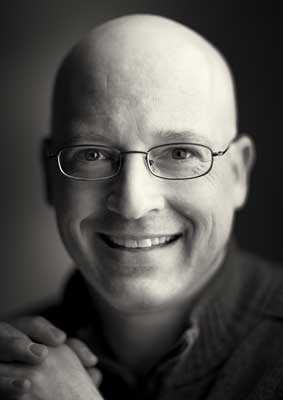 Jerry Wolford’s camera and personality make a magical connection with the people and places he encounters. Though he has stood an arm’s length from history hundreds of times, he feels his strengths lie with everyday people. Rob Brown, the Director of Photography at the Greensboro News & Record, says, “Often the people in his photographs seem as if they are his best friends, which would explain how Jerry’s able to capture such personable and intimate images. His love for people really shines through his work.”
Jerry Wolford’s camera and personality make a magical connection with the people and places he encounters. Though he has stood an arm’s length from history hundreds of times, he feels his strengths lie with everyday people. Rob Brown, the Director of Photography at the Greensboro News & Record, says, “Often the people in his photographs seem as if they are his best friends, which would explain how Jerry’s able to capture such personable and intimate images. His love for people really shines through his work.”
Wolford has been named an outstanding alumnus of Randolph Community College, where he earned his Associate Degree in Photojournalism in 1986. He landed his first job at The Courier-Tribune in Asheboro, and the next year joined the staff of the News & Record. Wolford has received numerous professional awards from the North Carolina Press Photographers Association, North Carolina Press Association and National Press Photographers Association. His photographs have been published by magazines, newspapers and websites around the world, including The New York Times, People, Essence, InTouch, Us Weekly, The View, Der Spiegel, Grazia, Rolling Stone, Esquire, Businessweek.com and MSNBC.com.
March 26 – June 16, 2013
The wife of fourth president James Madison, Dolley Payne Todd Madison (1768-1849) earned acclaim as the most popular and influential woman in the capital city of Washington, D.C. She was a witness to history in the making.
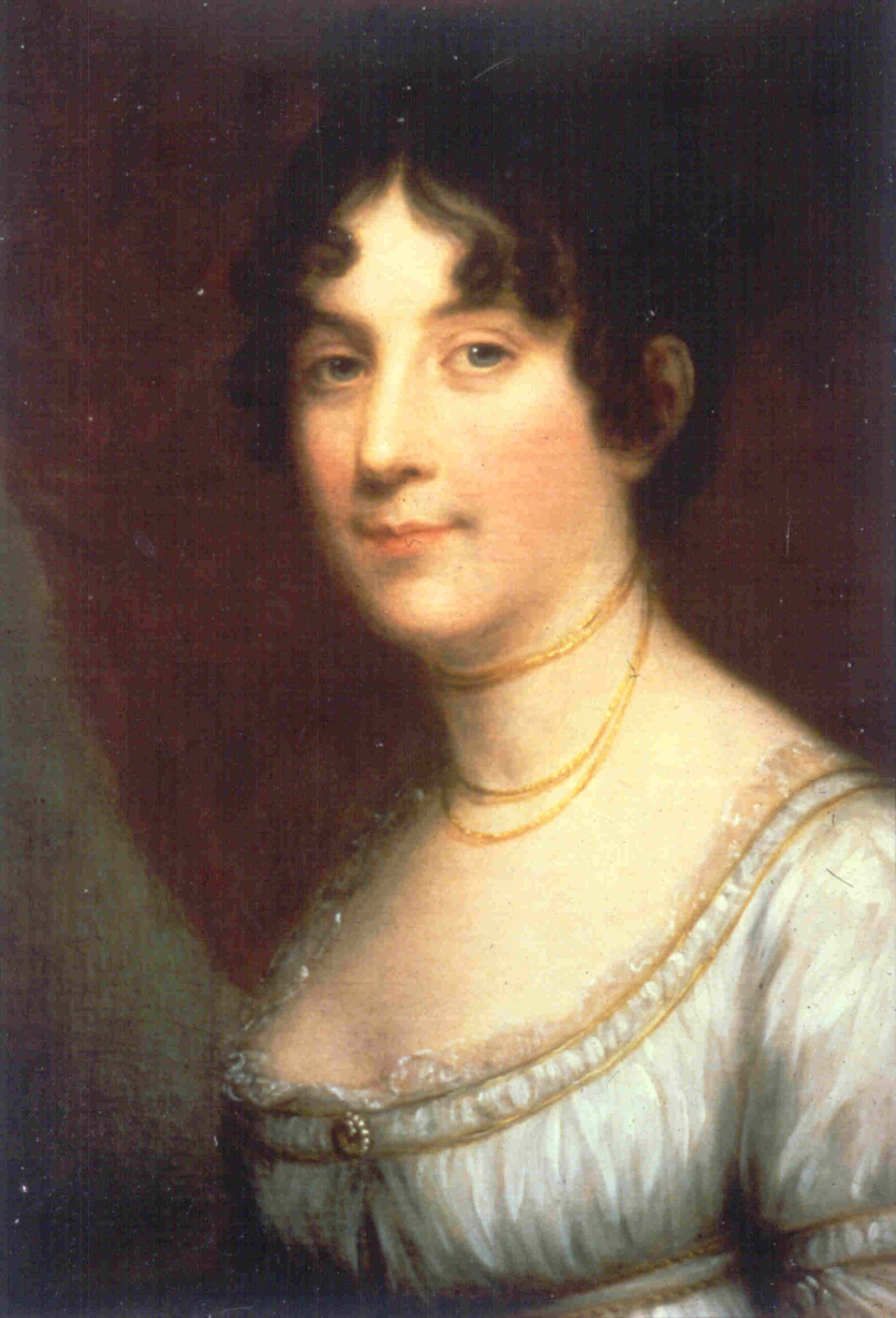
Born to Quaker parents on a small farm in the New Garden community of Guilford County, Dolley became one of our most beloved first ladies, and the only one from North Carolina. She inspired citizens of her time and forged a legacy that other presidential spouses have sought to emulate.
In a sad turn of events, after Dolley’s death, her belongings were sold at auction. A century later, legend and luck saved these pieces when they were discovered in a Pennsylvania attic. Each object is a tangible connection to a First lady’s intriguing life.
Using 20 objects, the exhibit encompassed the journey of this family collection and explored and illustrated the legends and connections made to Dolley’s life.
2003 – 2005
Created by the Greensboro Historical Museum, Inc., the City of Greensboro, and the Center for Documentary Studies at Duke University in collaboration with the Greensboro Buddhist Center, this exhibition focused on the history and expressive culture of Greensboro’s Cambodian refugee community. It captured and shared the stories of Cambodian refugees who became residents and citizens of Greensboro in the previous two decades. At the same time, it explored themes such as diversity, tolerance and global awareness in the changing face Greensboro.
Explore the virtual exhibition
May 3, 2012 – January 21, 2013
At least 17 of our nation’s presidents have been to Greensboro, from George Washington to Barack Obama. As you walk through this exhibition, imagine that you are witnessing one of these visits, and picture your surroundings. Are you with Washington on the battlefield, sitting in a restaurant with Clinton, among the crowds at the depot or having drinks at a cocktail party?
Future, sitting and former presidents have all visited our city. They have given speeches to win votes for themselves and others in their political party. They have helped us celebrate patriotic occasions and recognized local people and organizations. Presidential visits have also become part of our shared public memory, not from one perspective but from many, reflecting a wide range of political beliefs.
The who, what, when, where and why of campaign and presidential visits are an important part of the political discussion and countless words have been written and broadcast about presidential politics by media observers. During an election year, even more voices are heard as people of all ages and backgrounds take part in the political process.
If you had the chance to see a president visit, what would you do? Take a photograph? Talk about it with family and friends? Post about it in a tweet or on Facebook? Send an email? Write a letter? Add to a diary or scrapbook, or buy memorabilia?
The President is here now, so imagine what you would do on that day. Take a turn at the podium. Take a snapshot. Explore the presidential memborabilia and artifacts that are in this room. Go online. Add to the conversation so that we can hear the many voices of Greensboro.
April 3 – September 18, 2011
Greensboro is an ordinary place resounding with extraordinary voices.
Hear from Jewish people who have called Greensboro home since childhood.
Hear from newcomers who now call Greensboro, down home.
Here you will meet people holding tight to traditions of faith, family, community and learning. You will also see visions for change.
Our friends, our neighbors, our relatives.
Hear their legacies. Imagine our future.
Select Timeline of Jewish History in Greensboro, North Carolina
- 1852 Mr. Einstein opens a clothing store
- 1895-99 Cone and Sternberger brothers launch textile mills
- 1907 Temple Emanuel founded
- 1910 Hebrew Cemetery established
- 1917 Laura Weill Cone first woman on school board
- 1940 Greensboro Jewish Federation created
- 1944 Beth David Synagogue founded
- 1949 Benjamin Cone becomes mayor
- 1961 Sheldon Morgenstern founds Eastern Music Festival
- 1964 Greensboro Public Library designed by Edward Loewenstein
- 1970 B’Nai Shalom Day School established
- 1991 Jewish Family Services founded
- 1996 Jewish Foundation of Greensboro established
- 1998 Jewish Studies Program created at UNCG
- 2001 American Hebrew Academy opens
- 2007 First Greensboro Jewish Festival
